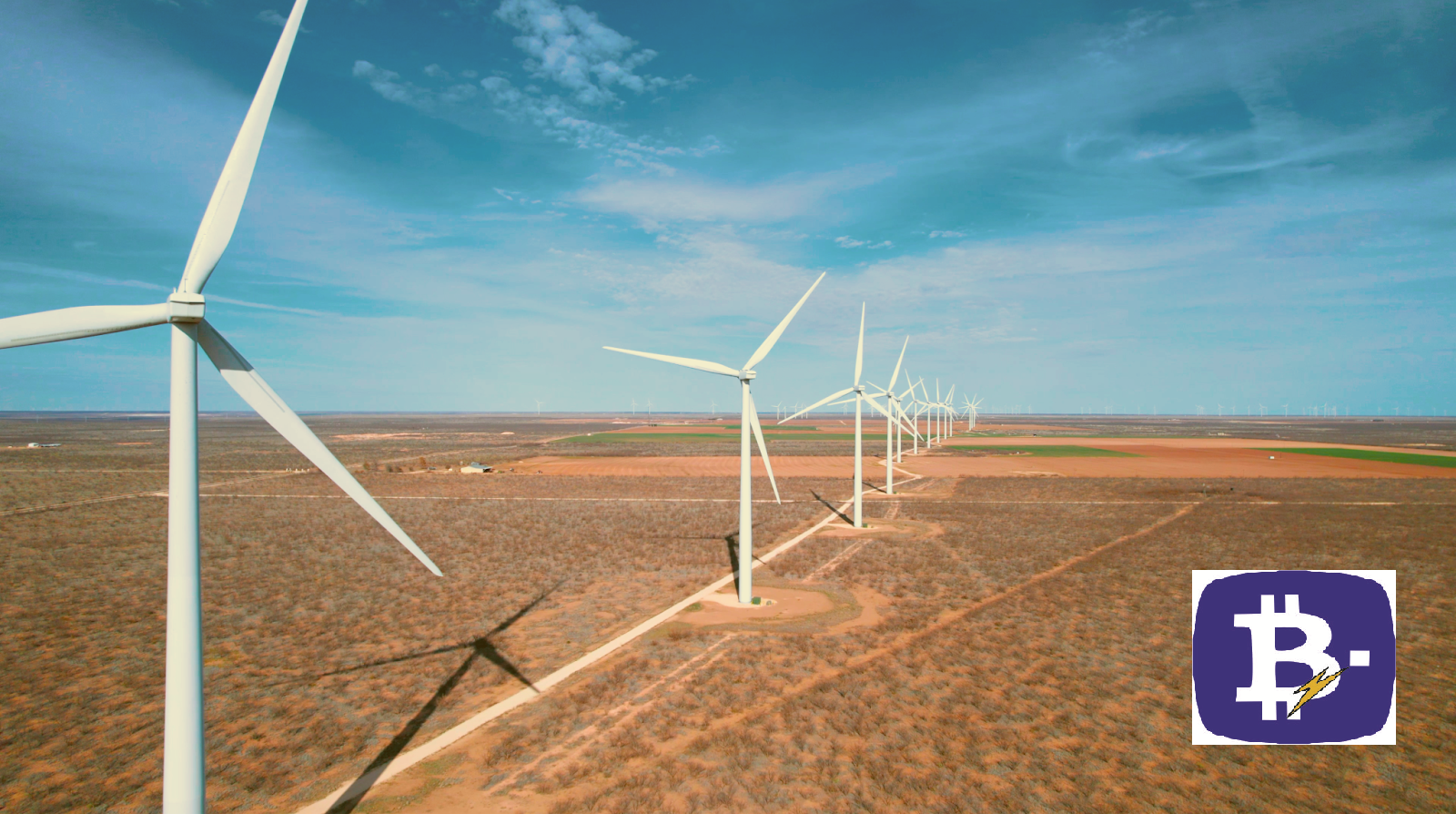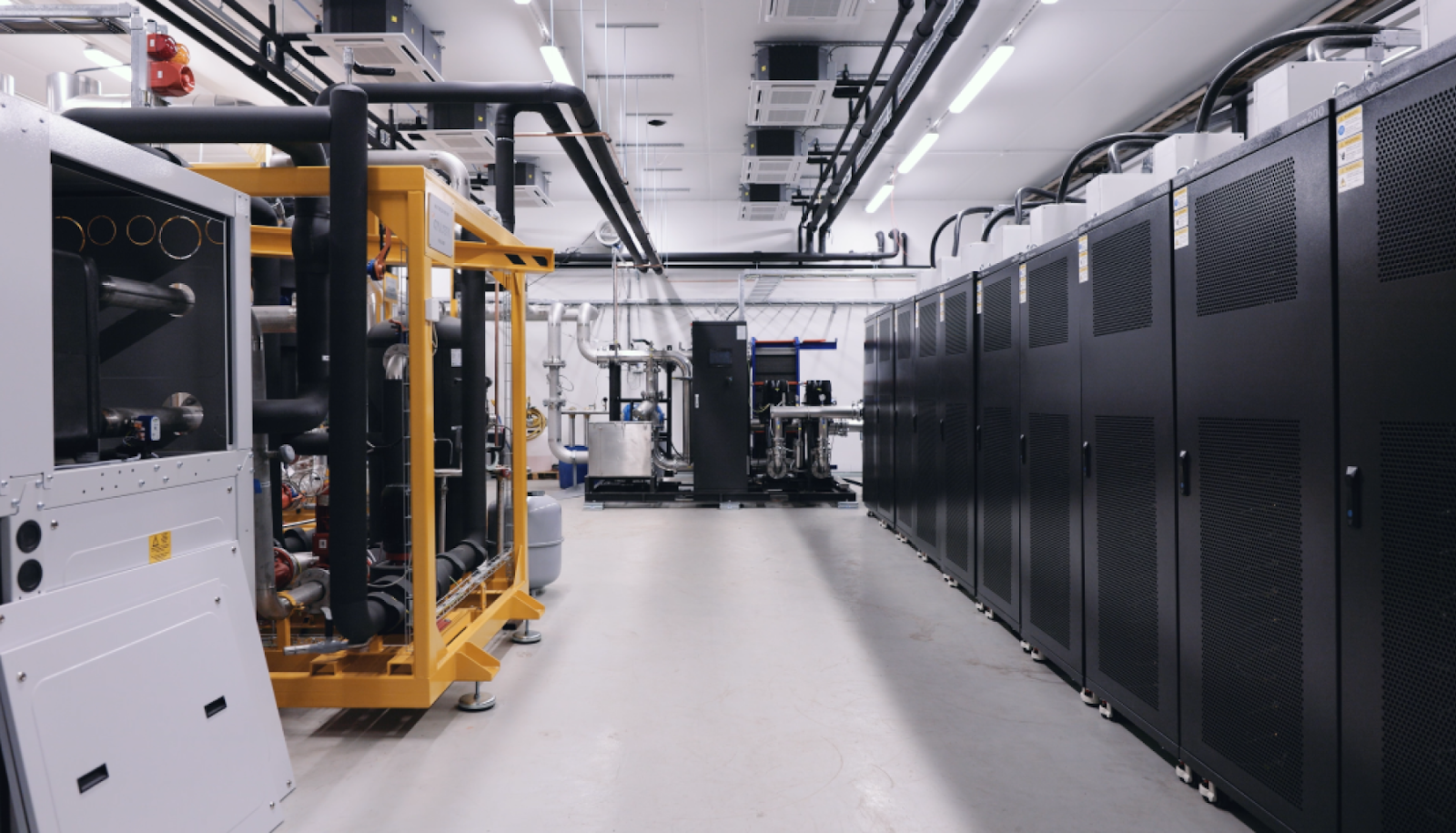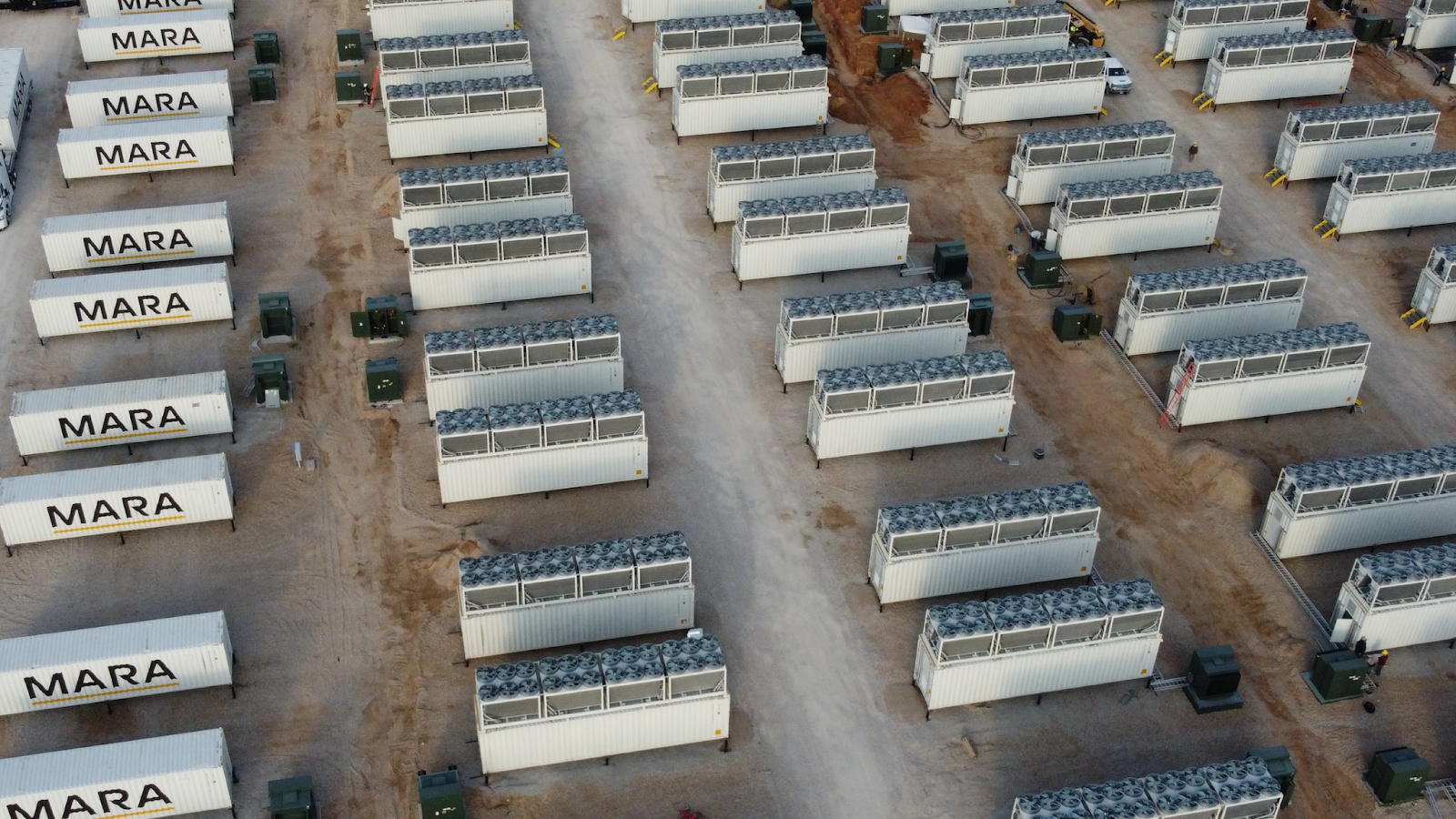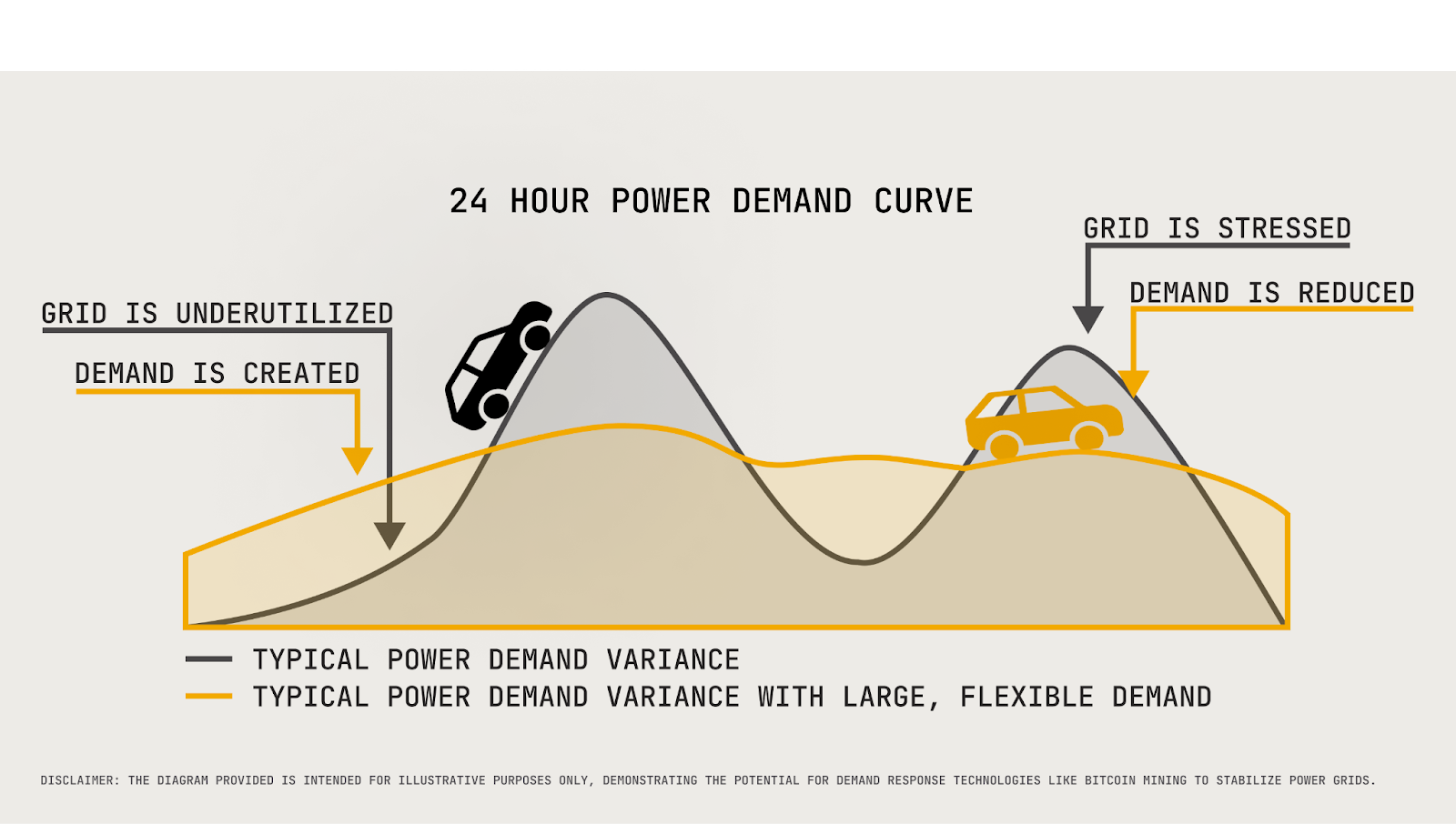

Early research has mischaracterized Bitcoin mining as being environmentally harmful. Much of this research has since been peer-reviewed, revealing flawed methodologies.
Early research has mischaracterized Bitcoin mining as being environmentally harmful. Much of this research has since been peer-reviewed, revealing flawed methodologies. While Bitcoin mining requires energy, it draws primarily from sustainable sources (56.75% as of 2024)—and this energy use is not wasteful. As this article will demonstrate, Bitcoin mining has several positive externalities for the environment and energy sector, transforming growing challenges into opportunities to create a more sustainable future.
How Bitcoin Mining Advances Environmental Sustainability
- Bitcoin mining provides comprehensive solutions to critical environmental and energy challenges through its unique ability to:
- Monetize & Optimize Renewable & Stranded Energy Assets
- Stabilize Power Grids
- Mitigate Methane Emissions
- Recycle Heat from Operations
- Develop & Adopt Sustainable Technologies
Monetize & Optimize Renewable & Stranded Energy Assets
Building the infrastructure to transport electricity from its source to customers isn't easy, especially when the source is located far from where it's needed. This issue is particularly acute for renewable energy projects, which are often located in remote, resource-rich areas far from population centers. While these locations are ideal for energy generation, they pose major obstacles for efficient transmission.
Building new transmission lines involves lengthy and complex engineering, planning, and permitting processes—all of which must be completed before construction can even begin. According to a study by the Harvard Kennedy School, new transmission projects take over 10 years to complete on average, with even short projects spanning 10 miles experiencing delays of up to 16 years. It is even common for renewable energy projects with established grid connections to lack sufficient transmission infrastructure to transport all the energy they can produce during peak generation periods.
These barriers leave energy stranded at the source, creating local oversupply and even driving electricity prices negative—a market signal that supply has overwhelmed the grid. As a result, producers are forced to curtail, intentionally reducing electricity generation. Curtailment rates have already reached 10% in several countries and, for certain solar and wind farms, rates have climbed as high as 40%, leaving energy assets underutilized and raising concerns about the economic viability of many renewable energy projects.
Bitcoin mining offers a scalable solution for optimizing renewable and stranded energy projects by consuming excess power onsite, thereby improving their economics. In Texas, where renewable energy deployment has outpaced grid infrastructure upgrades, MARA's Bitcoin mining data centers play a crucial role in reducing renewable curtailment. By operating at the source of generation, the company monetizes energy that would otherwise be curtailed due to insufficient transmission or demand.
In Hansford County, Texas, MARA recently acquired a 114 MW wind farm that was facing rising curtailment rates. The wind farm features 108 turbines, or enough to power an estimated 114,000 homes. The company expects its on-site operations to revitalize the wind farm by ensuring greater energy utilization and grid stability. A recent peer-reviewed study published in Heliyon found that a solar power plant alongside a Bitcoin mining operation could achieve ROI in approximately 3.5 years—less than half the time of the 8.1 years required without Bitcoin mining. This proven strategy of building power demand locally provides a reliable outlet for surplus renewable energy, reducing curtailment and encouraging renewable energy development.
Stabilize Power Grids
The power grid consists of an intricate network of transmission lines, substations, distribution lines, and transformers—each serving a specific purpose with distinct limitations. Independent System Operators (ISOs) manage these grids, working to maintain a balance between energy supply and demand. Without proper management, grids can quickly become unstable, potentially damaging critical infrastructure and preventing electricity from reaching its intended destination.
Traditional power sources like coal, natural gas, and nuclear plants have historically provided steady, predictable output that ISOs can easily manage to meet consumer demand and maintain a balanced grid. However, over the past decade, there has been an accelerated shift toward renewable energy and away from these conventional sources. In fact, renewable energy sources are expected to account for up to half of the global power supply by 2030. This transition presents a challenge: unlike traditional power plants, renewable energy generation depends on fluctuating and often unpredictable factors like wind and sunlight, making it more difficult for ISOs to manage effectively. This variable generation pattern is the exact reason why renewable energy sources often need to curtail production, as explained in the previous section.
The International Energy Agency (IEA) acknowledges the growing imbalances that grids face due to the rising use of renewables. Demand response—the practice of consumers adjusting electricity consumption based on grid conditions—plays a crucial role in maintaining stability. When the grid is stressed, participants in demand response programs reduce their power usage in order to prevent grid stress. The IEA emphasizes that this capacity must increase tenfold by 2030 to meet the climate goals outlined in the Paris Agreement.
While Bitcoin mining requires energy, it draws primarily from sustainable sources (56.75% as of 2024)—and this energy use is not wasteful.


